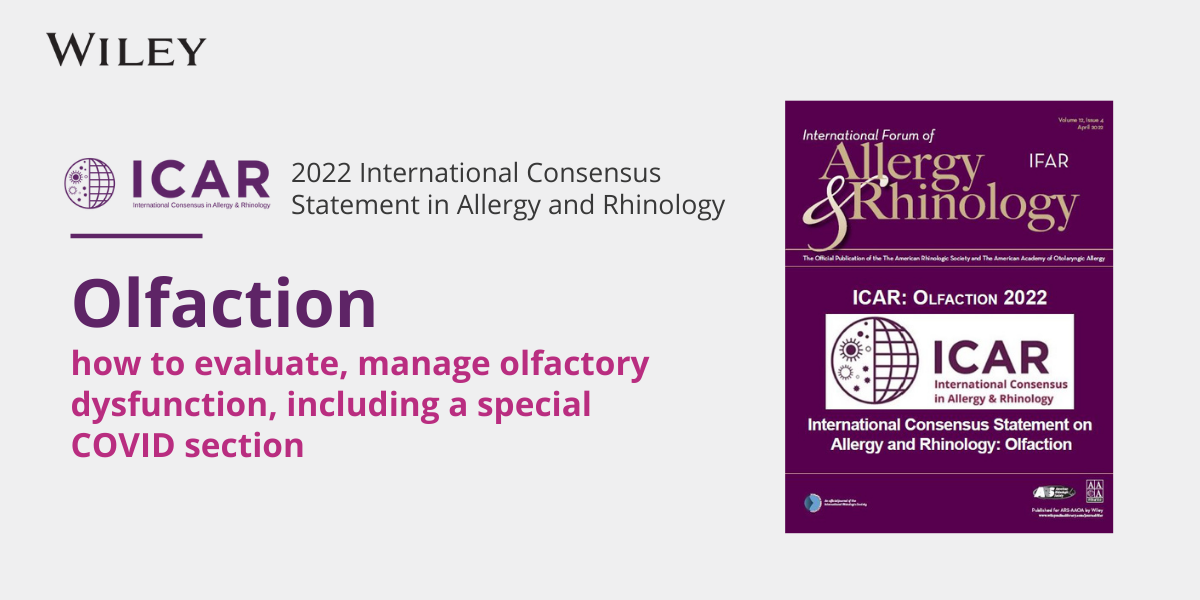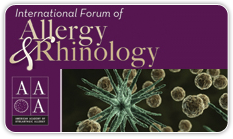Understanding how payers define a billable unit for immunotherapy vial prep is essential to better ensure reimbursement. Practices should be aware of their payer policies and keep an annual checkup process in place to note changes or proposed changes with…
Food Allergy Testing & Coding
8.
Food Allergy Testing & Coding
In recognition of Food Allergy Awareness week May 11-17, 2025, we are answering a common question about food allergy testing coding and billing.
Q: How do you bill for food allergy testing?
A: Typically, most choose to do a panel of foods via in vitro testing, usually via a lab unless you are CLIA certified to do testing within your office.
For skin testing, the only option is percutaneous testing. Both intradermal (CPT code 95024) and intradermal dilutional testing (CPT code 95027) are defined as limited to testing for airborne allergens, so these testing approaches cannot be used.
As with all allergy testing, it is important to have the details in your history and physical to help document why food allergy testing is part of your diagnostic work up to define treatment options.
The oral food or ingestion challenge has time driven codes (CPT codes 95076, 95079). A tip is to start your time when you see the patient, and the time ends when your patient is discharged.
Patient counseling is key to success. Sharing the test results with your patients and assessing management options together can improve outcomes.
CPT Allergy Testing Codes
For all the codes below, direct supervision is required; the supervising physician bills for the test.
| 95004 | Percutaneous tests (scratch, puncture, prick) with allergenic extracts, immediate-type reaction, including test interpretation and reported by a physician, specify number of tests |
| 86003 | In Vitro Test; Only billable if performed in office; cannot bill lab work |
| 95076 | Ingestion challenge initial 120 minutes |
| 95079 | Ingestion challenge additional 60 minutes (after first 120 minutes) |
ICD-10 Common Food Allergy Codes
| Z91.010 | Allergy to peanuts |
| Z91.011 | Allergy to milk products (excludes lactose intolerance) |
| Z91.012 | Allergy to eggs |
| Z91.013 | Allergy to seafood (including allergy to shellfish, octopus or squid ink) |
| Z91.018 | Allergy to other foods (including allergy to nuts other than peanuts) |
Source: CMS IOM Publication 100-04, Medicare Claims Processing Manual, Chapter 12, Section 200 Allergy Testing and Immunotherapy
Each provider is responsible for confirming coverage, coding, and payment parameters for those payers affecting their practice. Information provided is for educational purposes only.
For more on foods, please refer to our Food Allergy Awareness Week tools:
Or consider the AAOA’s Basic Course:
Or 2025 AAOA Annual Meeting – free to AAOA Members in good stranding:
For more on coding, the Work Smarter, Not Harder stack, includes “Coding Conundrums:”
Our Practice Corner includes many more coding and practice resources:
https://www.aaoallergy.org/post-series/practice-management-corner-blog
Sources:
“Coding Conundrums,” 2023 AAOA Annual Meeting, Teresa Thompson, BS, CPC, CMSCS, CCC
“Intro to Food Allergy,” AAOA Basic Course 2024, Jennifer A. Villwock, MD, FAAOA
The American Academy of Otolaryngic Allergy (AAOA) Practice Resources are intended as a guide to help AAOA members integrate allergy into their otolaryngology practice and to continually improve on this integration as new information, regulations, and resources become available.
While these tools are meant as resources, we highly recommend seeking input from your practice counsel and local/state medical associations and regulatory authorities, as rules vary between states. Each practice is responsible for confirming coverage, coding, and payment parameters for those payers and regulators affecting their practice. Our intention is to offer insights by sharing what others within AAOA do. These are not meant as recommendations.




